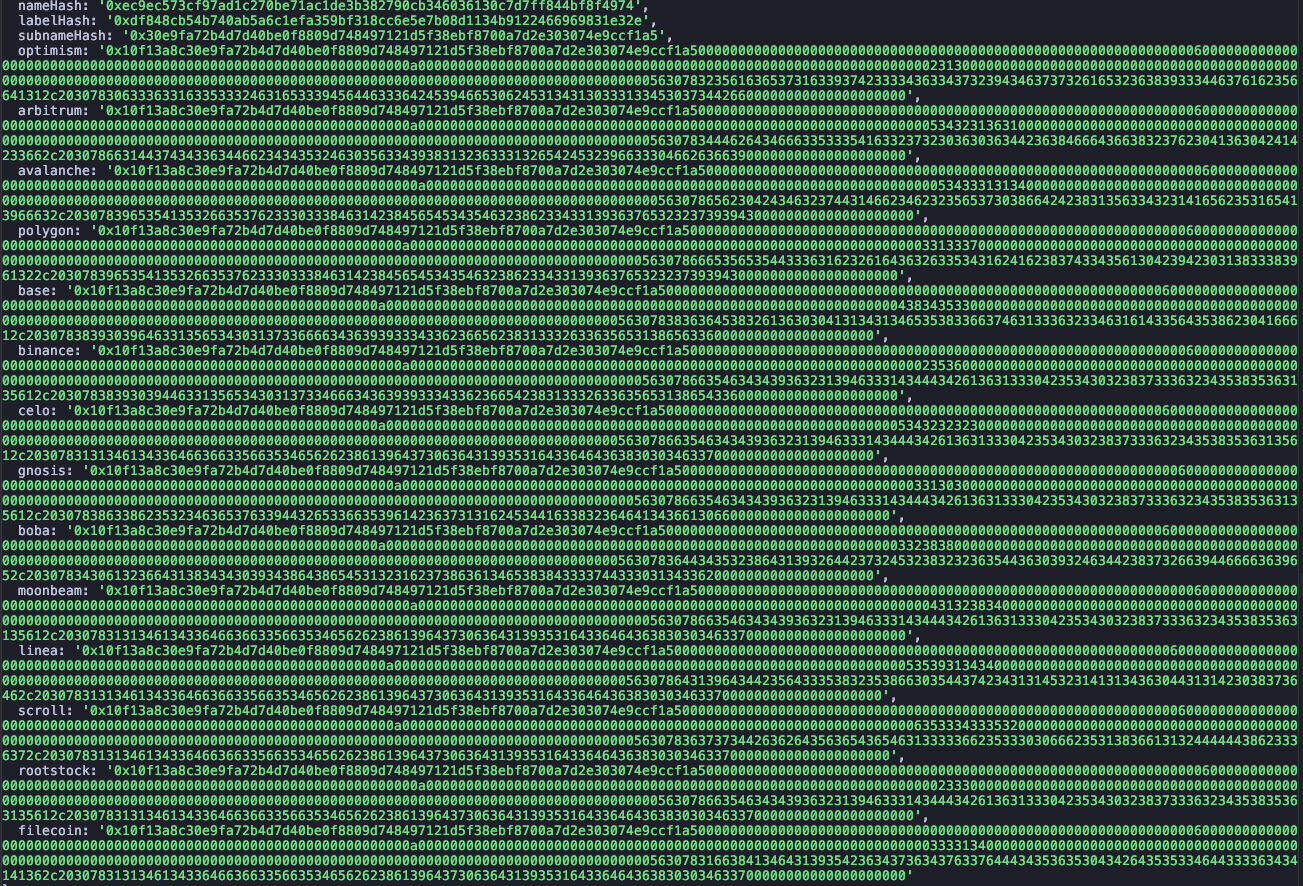When Uniswap V3’s Business Source License expired and the code’s license transitioned to GPL, the DAO created a process by which it would declare canonical deployments of the contracts. This process serves to identify instances of the V3 code that are a) not modified and b) owned and controlled by the Uniswap governance contracts. These assurances are meant to provide developers and users with comfort that the code they’re using is safe and any changes to it (to the extent that changes are even possible) will be telegraphed long in advance.
Uniswap V2 is governed by the same permissive GPL license but has not been subject to the same DAO-run multi-chain expansion as V3. Instead, it has been forked and deployed under different brand names and across many chains almost continuously since Sushi’s vampire attack in the summer of 2020. These forks may contain modifications to the code, and their ownership structure can range from DAO governance contracts to single-signature wallets. Nevertheless, forks of V2 can garner significant liquidity and volume relative to other AMMs.
Deploy Uniswap V2 on all chains where there is a canonical instance of V3.
There are at least three compelling arguments to move forward with this proposal.
First, V2 forks have been plagued by hacks that have caused the loss of user funds. The Uniswap V2 contracts have been deployed on mainnet since May 4, 2020 with no loss of user funds; they can be considered among the most battle-hardened contracts on Ethereum. Canonical versions of the Uniswap contracts can provide DEX users on new chains - swappers, liquidity providers, and developers - with the safety and security for which the protocol is known.
Second, there is demand for traditional, full-range AMMs on new chains. Uniswap should be in a place to service this demand and continue to grow our user base and brand equity across multiple ecosystems.
Third, integrating Uniswap V2 pools into the Universal Router will help incrementally improve execution quality for applications that already use the Router to allow their users to swap.
This process will be very similar to the first vote to declare V3 canonical implementations. We will evaluate a batch of deployments, create a new ENS name, and populate the text record for each of those deployments. More specifically:
The relevant contract addresses can be found in this Google Sheet or on the Forum in this post.
If executed, this proposal will execute two function calls.
v2deployments.uniswap.eth subdomain by calling the setSubnodeRecord function on the ENS Registry contract and passing it the hashed values of the main name (uniswap.eth) and the new subname (v2deployments) as well as the timelock's address and the resolver we're using (the ENS public resolver here). v2deployments.uniswap.eth by calling the multicall function on the ENS registry (since we have > 9 records to create and our governor contract can call max 10 functions per proposal). We pass multicall an array of the encoded bytes data for each function we want to call. Concretely, multicall receives an array of 14 items, each of which is the encoded bytes data for the function call that sets a text record in the format described above.The code used to generate these function arguments (show below) can be found here.

EXECUTED